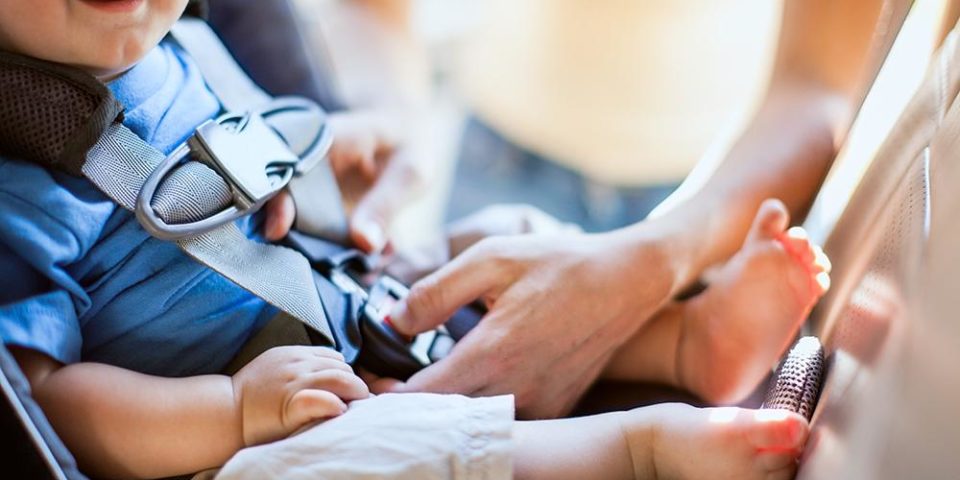Temperatures can rise quickly in cars
Pediatric critical care physician Jason Peck, MD, has seen the tragic results of children being inadvertently left in hot cars. With high temperatures across much of the south, Dr. Peck reminds people that children have died from heat stroke in a vehicle with outside temperatures as low as 57 degrees.
“A child’s body heats up three to five times faster than an adult’s body. The temperature inside a vehicle can reach life-threatening temperatures rapidly,” said Dr. Peck.
Temperatures less than 70 degrees have been associated with internal temperature in cars reaching over 105 degrees. In just 10 minutes, a car’s interior temperature can rise by 19 degrees. Between one and two hours, it can rise 45–50 degrees. “Leaving the windows cracked does not make a significant difference, so it is not an acceptable compromise,” said Dr. Peck.
Hyperthermia (heat-stroke) is the leading cause of non-crash vehicle deaths for children under the age of 14. Heat stroke can occur when a person’s temperature exceeds 104 degrees and their body’s temperature regulating system is overwhelmed. A core body temperature of 107 degrees can be lethal, as cells may be damaged and internal organs shut down. Cases of death from hyperthermia in vehicles have happened to children from newborn to age 14. More than half of these deaths have occurred in children under the age of two.
Symptoms of hyperthermia include:
- Dizziness
- Disorientation
- Agitation
- Confusion
- Sluggishness
- Seizure
- Hot skin that is flushed, but not sweaty
- Loss of consciousness
- Rapid heartbeat
- Hallucinations
“Everyone thinks it couldn’t happen to them, but a parent who is distracted might inadvertently leave a child in the car,” Dr. Peck said. “A caregiver who is not the person usually responsible for the child can forget that there is a child in the car, especially if the child is quiet or sleeping.”
Dr. Peck shared some steps to help you remember not to leave a child in a vehicle, such as:
- Write yourself a note and place it where you’ll see it when you leave the vehicle.
- Place your purse, phone or something else you’re sure to need in the back seat so you’ll be sure to see a child left in the vehicle.
- Keep an object in the car seat, such as a stuffed toy. Once the child is buckled in, place the object where the driver will notice it when he or she leaves the vehicle.
- Always lock vehicle doors and trunks and keep keys out of children’s reach. If a child is missing, check the vehicle first, including the trunk.
Call 911 immediately if you see a child left alone in a hot vehicle. When children are in distress due to heat, get them out of the vehicle as quickly as possible.
Same-day care
Prisma Health offers several same-day care options for minor illnesses such as cold, flu, sore throat and UTI.
Find Same-Day Care Options

